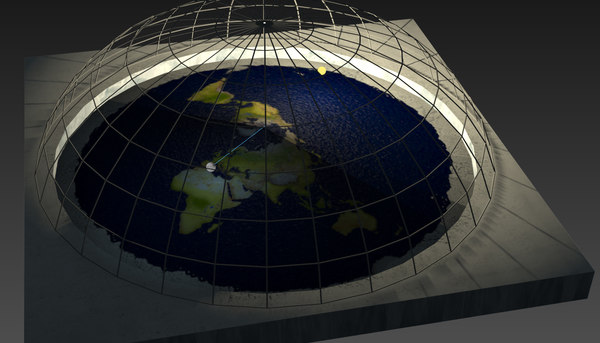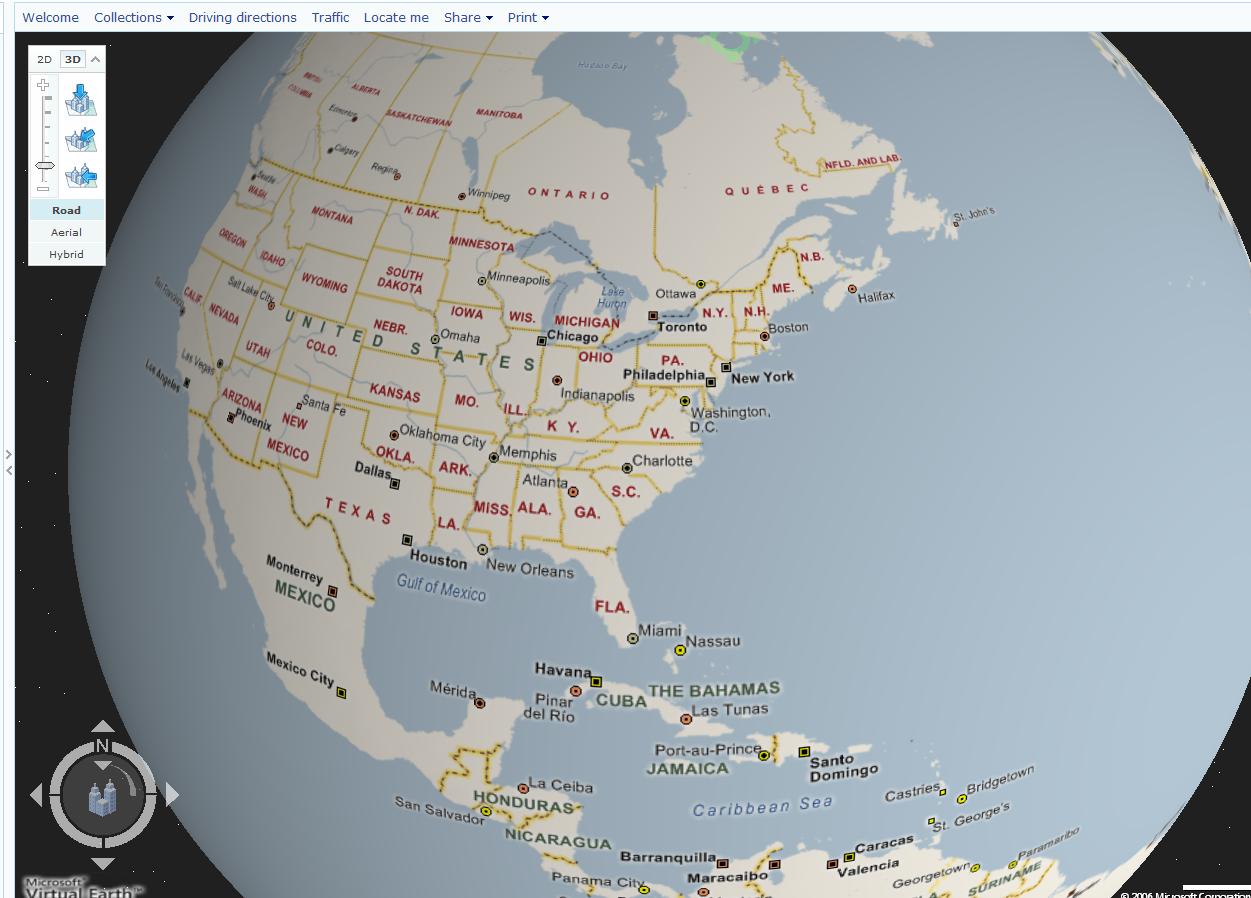
Applications that use these techniques in ways that can benefit planners and designers are starting to crop up. Tools like these could help planners and designers accurately assess on-the-ground conditions where their projects are based.
VIRTUAL EARTH 3D MAP SERIES
Google’s Project Deep Stereo uses algorithms to create the “missing” frames within a series of still images, resulting in a relatively seamless movement from one frame to the next.Īnd while the quality of this digital imagery is being enhanced, so will our ability to interact with it, as evidenced by early efforts to connect Google Maps to virtual reality devices.įrom : CityBuilder merges fully-textured 3D city models together with geographic information layers and BIM datasets. Here again, advances in computer algorithms have the potential to make this imagery extremely life-like. The Pix4D software used for 3D mapping and surveying is already available for drones.Īs algorithms are perfected and imagery resolution increases, the maps we pull up on our computers and smartphones will get closer to rendering reality “ in silico.” Google’s pedestrian-scale images, accessed through “ Street View” mode, already give us high-resolution, eye-level views of streets around the world. Smartphones and camera-enabled drones will enable us to continually record our surroundings in three dimensions. Apple’s IPhone 7 is rumored to have dual cameras that would aid in computer vision. Google’s Project Tango uses computer vision on a smartphone to create 3D imagery. The technology used to create this virtual mirror of the physical world will be coming soon to smartphones.
VIRTUAL EARTH 3D MAP SOFTWARE
Additionally, the Photomodeler software provides a great overview of the process of creating 3D meshes from multiple photographs on their website.

It’s also enabling designers to understand distant cities and project sites with virtual visits through online mapping services. This digitization process allows archaeologists to study sensitive or far-flung buildings and artifacts. If you’re interested in delving further into the photogrammetry process, check out how the software is being used for archaeological documentation. Google introduced these images on their blog in 2010 and since then have been working to cover the globe with 3D photogrammetric images. Using algorithms and 3D photogrammetry, these new maps stitch together aerial photographs taken at 45 degree angles from the four cardinal directions to create a three-dimensional model of entire cities.ģD photogrammetry, as in this example from, can be used to create realistic digital models at a variety of scales.

We are now seeing accurate and detailed 3D cities, complete with terrain, buildings and landscape, generated largely by automated processes. This workflow was incredibly time consuming and resulted in inconsistencies in modeling techniques-a situation ripe for automation. Individuals contributed 3D models, building by building, to the Google Earth database. It used to be that 3D imagery in Google Earth was populated manually. Tech firms are now creating an increasingly highly-detailed virtual planet where every corner of the globe is available instantly for those who would like to scrutinize it. How are they doing this, and how could this technology augment the planning and design profession in the future? Current initiatives to digitize the globe mirror the great 19th-century race to complete the map of the world. If you’ve used Google Earth or Apple Maps recently, you’ll notice that the 3D imagery is increasingly realistic.

Rich interaction with 3D visualization models, e.g.Urban designers and planners frequently consult 3D imagery from Google Earth and other online mapping services to get a sense of existing site conditions.3D visualization models can be linked with Google Spreadsheets or database tables via PostgREST for dynamic querying of thematic data for clicked 3D objects.Layer management for adding and removing an arbitrary number of data layers like 3D visualization model (KML/glTF), 3DTiles datasets, WMS imagery layer, and Cesium digital terrain model.Support for efficient displaying, dynamic loading and unloading of large 3D visualization models in the form of tiled KML/glTF datasets exported from the 3DCityDB using the Importer/Exporter.Extension of the CesiumJS 3D virtual globe by:.


 0 kommentar(er)
0 kommentar(er)
